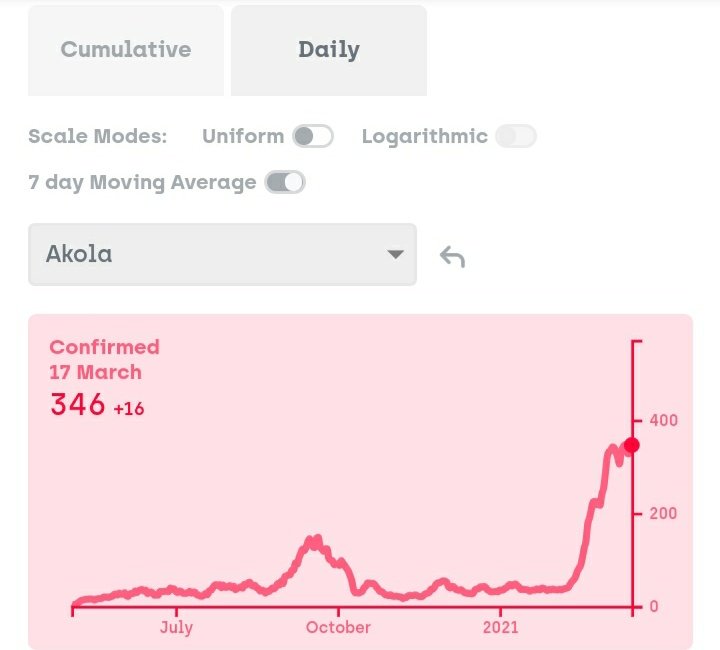
On reporting Covid19 deaths - The reported, differently reported and unreported:
Over the past weeks, we've seen multiple reports on differing number of Covid19 deaths.
While we continue to report the official numbers, here are some observations we've made along the way 👇
1/7
Over the past weeks, we've seen multiple reports on differing number of Covid19 deaths.
While we continue to report the official numbers, here are some observations we've made along the way 👇
1/7

📌 Delay in reporting deaths: Skimming through detailed data on deaths released by limited number of states, shows that the reporting of deaths is delayed by days or even weeks. Eg. here is the KA bulletin of 19/04. Take a look at the date of death column.
2/7
2/7

📌 Deaths due to non-Covid reasons: Are all deaths of Covid19 +ve persons counted as a Covid19 death? Not in all cases. Few states periodically report deaths due to non-Covid reasons. This is usually determined by a committee that evaluates the cause of death.
3/7
3/7
➡️ We are capturing such instances of non-Covid deaths in the 'Other' column.
📢 Understand that certain deaths can be classified by states as not arising due to Covid19 and reported separately.
📢 If there are states omitting such cases, we call upon them to publish it.
4/7
📢 Understand that certain deaths can be classified by states as not arising due to Covid19 and reported separately.
📢 If there are states omitting such cases, we call upon them to publish it.
4/7

📌 The unreported ones: As with any pandemic, a large number of our cases go undetected. What about deaths arising of undetected/untested cases? What about deaths that happen in home quarantine? What about unreported deaths?
These will exist outside the official reporting.
5/7
These will exist outside the official reporting.
5/7
Excess death analysis and other follow up studies over time might help to bring out such unreported cases.
📣 It is our sincere call out to states to report Covid19 deaths with as much transparency as possible, that will instill and build public confidence.
6/7
📣 It is our sincere call out to states to report Covid19 deaths with as much transparency as possible, that will instill and build public confidence.
6/7
📣 Multiple states have done delayed reconciliation of deaths - delayed data is better than no data at all. It is important the the right fatality data is available, so that the actual severity of the infection can be evaluated and communicated appropriately.
7/7
7/7
It is an ethical dilemma for us, when we see media report of deaths beyond the official ones. Are we furthering undercounting by adding them at our end? But, not adding them at all, would lead to a complete data vacuum. This provides a baseline for any additional deaths studies.
• • •
Missing some Tweet in this thread? You can try to
force a refresh















